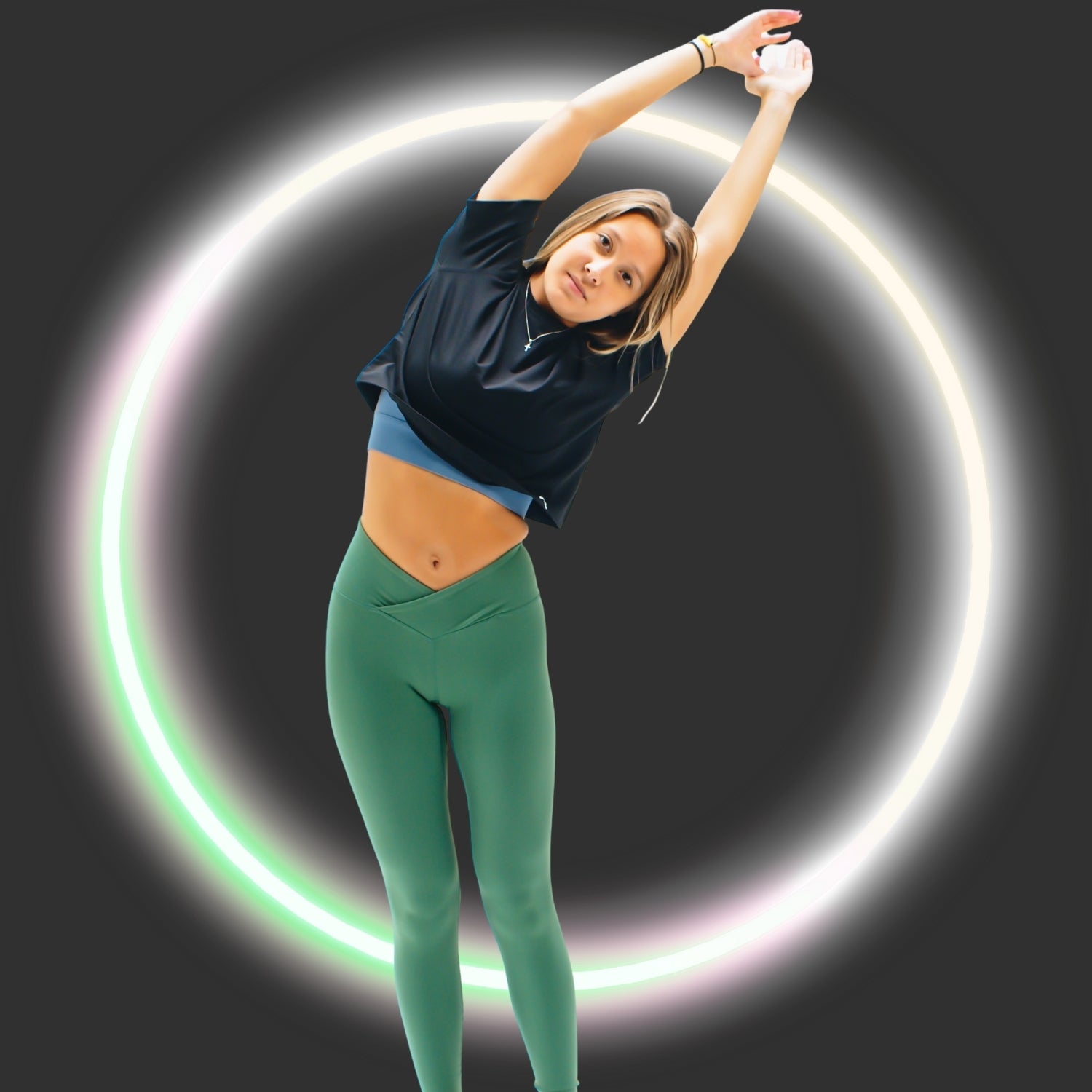
The Science of Textiles & WHEN You Should Wear Them
Athletic apparel has come a long way since the days of cotton t-shirts and shorts. Nowadays, there are a variety of textiles available for creating high-performance athletic clothing. Each textile has its own unique set of advantages and disadvantages, making it important to choose the right one for your specific needs. In this blog, we will explore the pros and cons of using textiles like nylon, polyester, spandex, and cotton in your athletic products.

Nylon
Nylon is a popular textile used in the production of athletic clothing due to its strength, durability, and ability to resist abrasion. Nylon is also lightweight, making it an ideal choice for clothing that requires a full range of motion. However, nylon is not very breathable, which means that it may not be the best choice for athletes who are looking for a textile that will help them stay cool during intense workouts.
Polyester
Polyester is another popular choice for athletic clothing due to its strength, durability, and moisture-wicking properties. Polyester is also a lightweight textile, which makes it an excellent choice for clothing that requires a full range of motion. One of the biggest advantages of using polyester in athletic clothing is its ability to wick away sweat from the body, which helps keep athletes cool and dry during intense workouts. However, like nylon, polyester is not very breathable, which means that it may not be the best choice for athletes who are looking for a textile that will help them stay cool during intense workouts.
Spandex
Spandex is a highly elastic textile that is often used in athletic clothing to provide a snug and comfortable fit. Spandex is also highly breathable, making it an excellent choice for athletes who are looking for a textile that will help them stay cool during intense workouts. However, spandex is not very durable, which means that it may not be the best choice for athletes who are looking for clothing that will last a long time.
Cotton
Cotton is a natural fiber that is often used in the production of athletic clothing due to its softness, comfort, and breathability. Cotton is also highly absorbent, which means that it can help keep athletes cool and dry during intense workouts. However, cotton is not very durable, which means that it may not be the best choice for athletes who are looking for clothing that will last a long time. Additionally, cotton tends to retain moisture, which can make it heavy and uncomfortable during workouts.

When it comes to athletic clothing, there is no one-size-fits-all solution. The right textile for you will depend on your specific needs and preferences. If you are looking for clothing that is strong and durable, nylon or polyester may be the best choice for you. If you are looking for clothing that will help you stay cool and dry during intense workouts, spandex or polyester may be the best choice for you. And if you are looking for clothing that is soft and comfortable, cotton may be the best choice for you.
For high-intensity workouts that involve a lot of movement and sweating, moisture-wicking fabrics are recommended. These fabrics, such as nylon and polyester, are designed to pull moisture away from the skin, keeping you dry and comfortable during intense workouts. Nylon is particularly durable and stretchy, making it a popular choice for activities like running and yoga. Polyester, on the other hand, is lightweight and breathable, making it ideal for hot and humid weather.
For activities that require a lot of flexibility and movement, such as gymnastics and dance, spandex is a popular choice. Spandex is a synthetic fabric that is known for its excellent elasticity and stretchiness, allowing you to move freely and comfortably. It is also lightweight and breathable, making it a good choice for warm weather.
For low-intensity workouts or leisure activities, natural fibers like cotton can be comfortable to wear. Cotton is soft and breathable, making it a popular choice for everyday wear. However, it is not recommended for high-intensity workouts as it absorbs sweat and takes a long time to dry.
Ultimately, the best fabric for your sportswear depends on your specific needs and preferences. It is important to consider the activity you will be doing, the weather, and your personal comfort when choosing the right fabric for your workout. By selecting the right fabric, you can ensure that you are comfortable and able to perform at your best.






Leave a comment
This site is protected by hCaptcha and the hCaptcha Privacy Policy and Terms of Service apply.